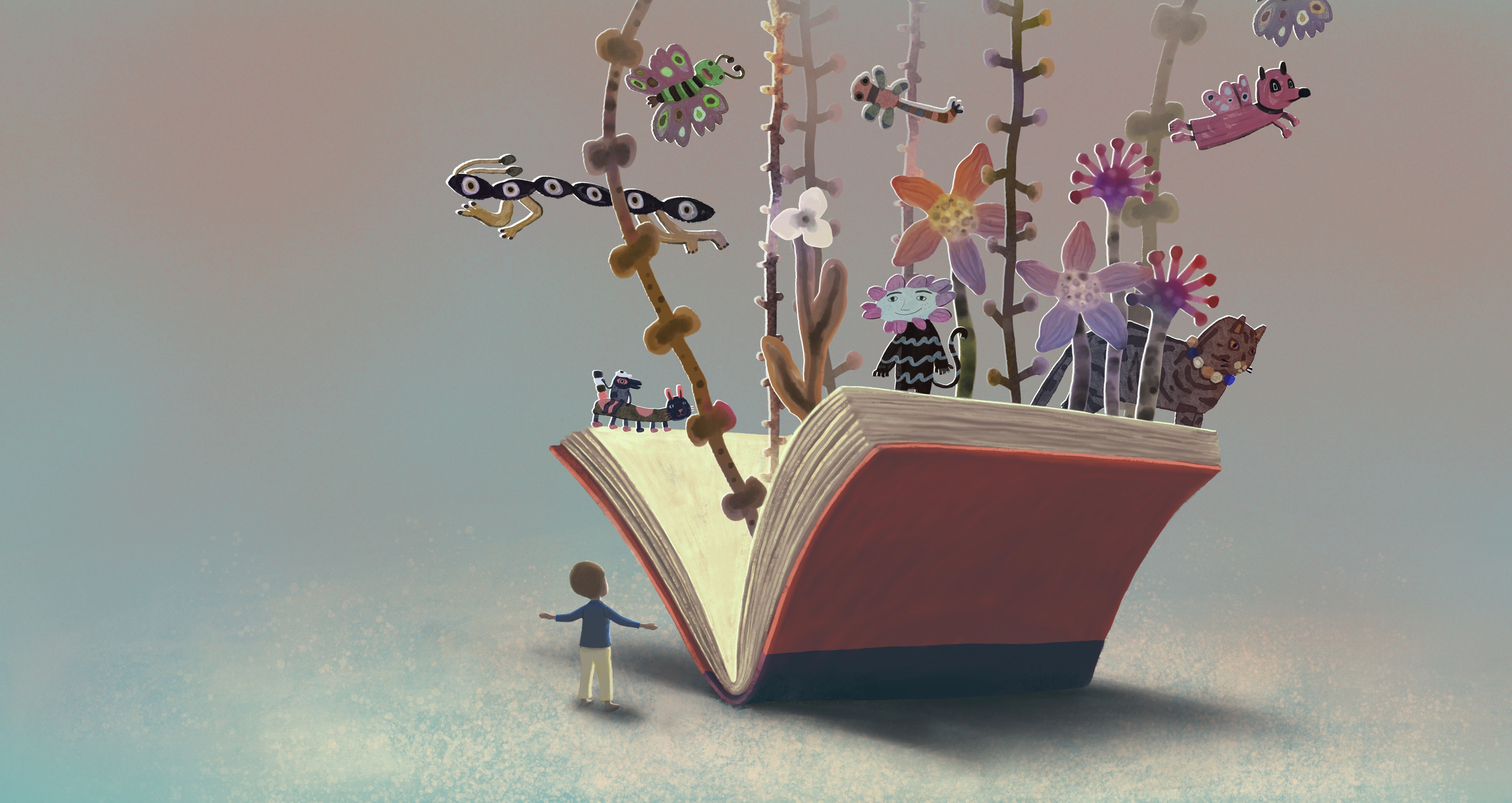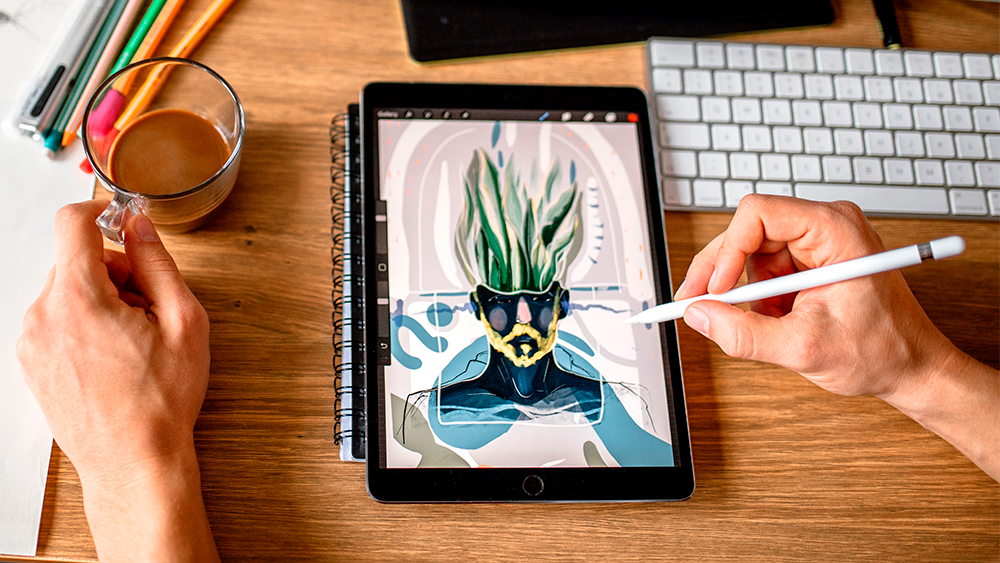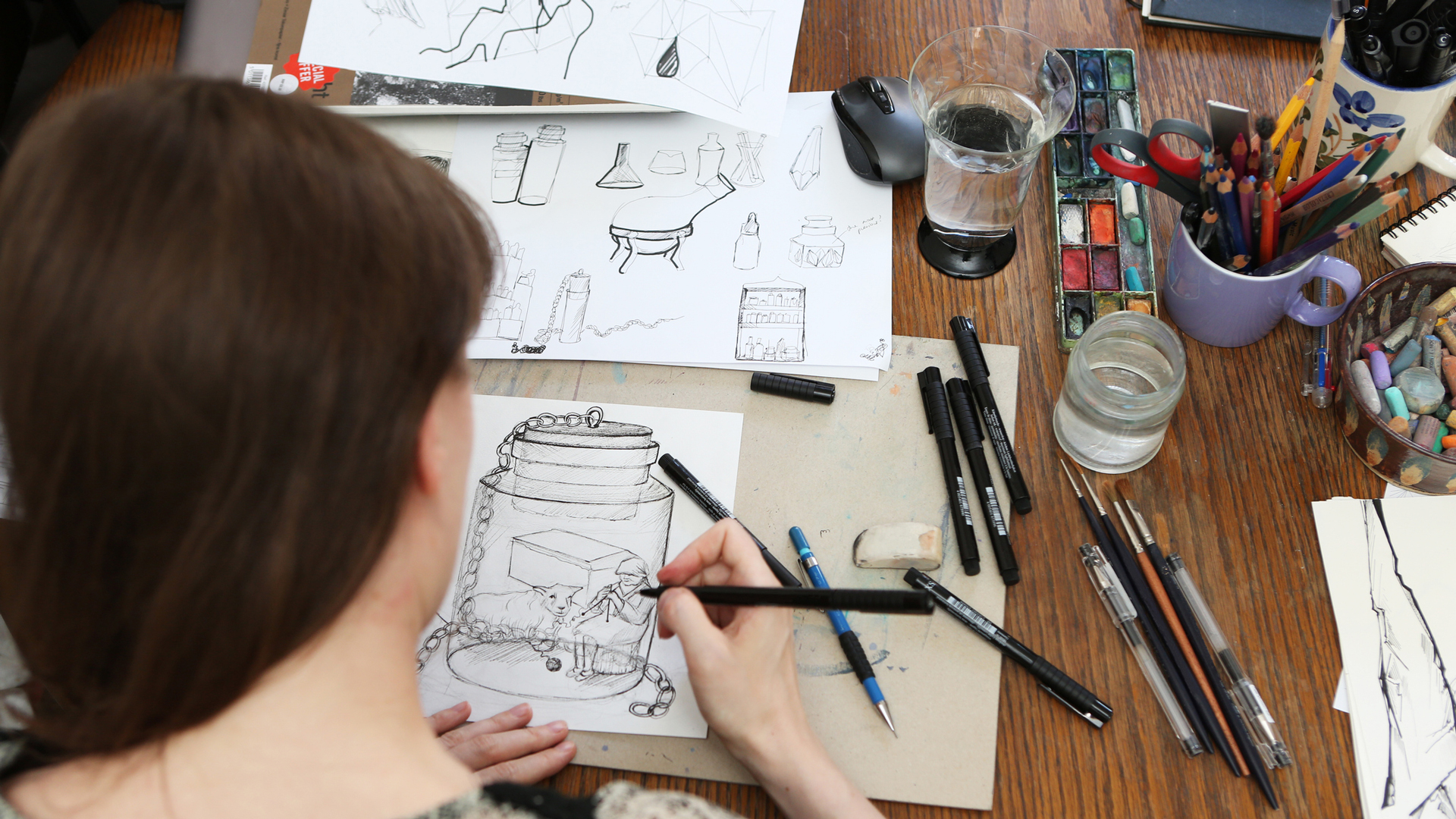
There was plenty for illustrators to sink their teeth into at the recent London Book Fair, including a panel talk about how to get your illustrations published, where representatives from three publishing houses shared tips and tricks for getting noticed.
Rachel Hill from the AOI (Association of Illustrators) hosted, and the panel consisted of Joanna McInerney of Post Wave UK, Matthew Kelly from HaperCollins Publishers and Charlotte Abrams-Simpson of Orion Publishing Group. Below are their top tips. For more from the AOI, see our piece on how to negotiate a book contract.
01. Use social media
Art director Charlotte said that she often finds new talent on Instagram. "It isn’t the be all and end all," she said, but it has its positives. "That's not to say you shouldn’t have a website," she added.
HarperCollins Publisher's Matthew also said he looks at social media for new talent, as well as working a lot with illustrator agents (more on that later). "It’s important to put your work out there," he said.
02. Do something different

What sort of work are publishers looking for? Matthew said he looks for "new colour palettes, people who use texture and line slightly differently and original takes on different subjects".
For Joanna, who works with children's books, it's, "great to see new layouts interacting with texts".
03. Show roughs

Many artists feel their work needs to be 100 per cent fully finished before they share it with the world, but the panel discussed how this may not be the best way forward. Joanna said she has "commissioned books from the seed of an idea", and noted that "a couple of sample spreads" are what she's looking for.
Charlotte agreed that she doesn't always want to see "shiny" finished work and appreciates seeing sketchbooks as they show "thinking and development". That doesn't mean you should share your whole sketchbook, though. "Be selective and ordered with what you’re sharing," she said, noting that she likes to see a journey from concept to final.
04. Don't give in to trends

It can be tempting to follow illustration trends, but bear in mind that particularly in publishing with long lead times, this may not pay off, as it's likely that today's trends won't be around in 2025.
The panel stressed the importance of keeping to your own style. "Push your own style to the best you can, the more you do your style your way, the better," said Matthew.
"I love to be anti-trend. The market is saturated and it’s refreshing for me to see someone who can stand out from the crowd," said Joanna.
05. Consider an agent
Do you necessarily need an agent to get noticed by a publisher? That depends. "You don’t need an illustrator to get published but there’s a lot to say for having an agent," said Joanna. "It depends what you’re looking for from that relationship. Some are good at pushing your work out, or helpful in terms of negotiating contracts." You may also need to think about how confident you are, and how comfortable you are negotiating.
Charlotte noted that "agents have knowledge that you don’t have yourself". That’s not to say that you wouldn’t be successful if you didn’t have one, she added. "It depends on your style or what part of your career you’re in. If you’re early in your career, it might make you feel more supported."

The AOI is a not-for-profit membership organisation supporting illustrators, all over the world at every stage of their career, through 1-1 business support & advice, which includes a contract review service and more. Find community, grow your confidence, make your mark by joining the AOI.







